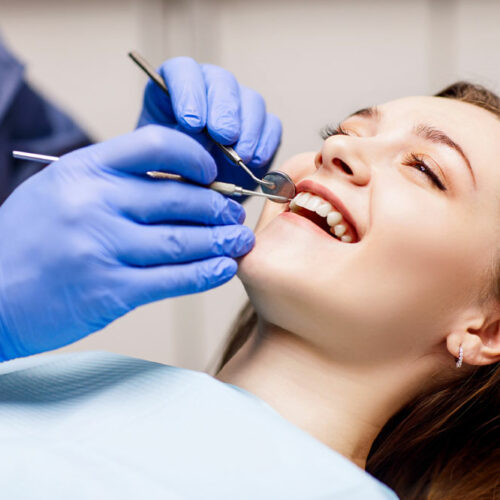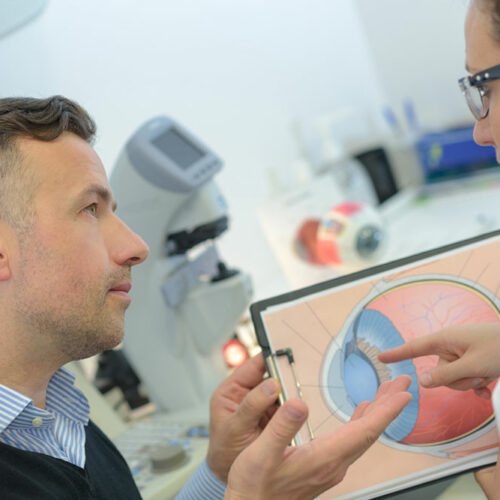10 warning signs of bladder cancer one shouldn’t ignore

Bladder cancer is a form of cancer that originates in the bladder cells and may spread to other organs eventually. A family history of bladder cancer might be one of the causes of this health condition. However, environmental factors like contaminated water and diseases like chronic urinary tract infections may also be risk factors. Early detection of bladder cancer signs may help patients receive prompt treatment and manage their symptoms better. Blood in the urine One of the earliest warning signs of bladder cancer is blood in the urine, or hematuria, which causes urine to appear red. Around 80 to 90% of those with bladder cancer experience this symptom. Sometimes, blood may not appear in the urine, but it might be detected when one gets a laboratory examination done. The need to urinate frequently Patients with bladder cancer may feel the need to urinate very frequently. This symptom might not always indicate bladder cancer since many other health conditions share this warning sign. But if one’s urination patterns undergo a noticeable change, one should consult a healthcare professional without delay. Burning sensation when passing urine Cancer cells developing in the bladder might come together to form tumors, which might trigger a burning sensation when passing urine.






